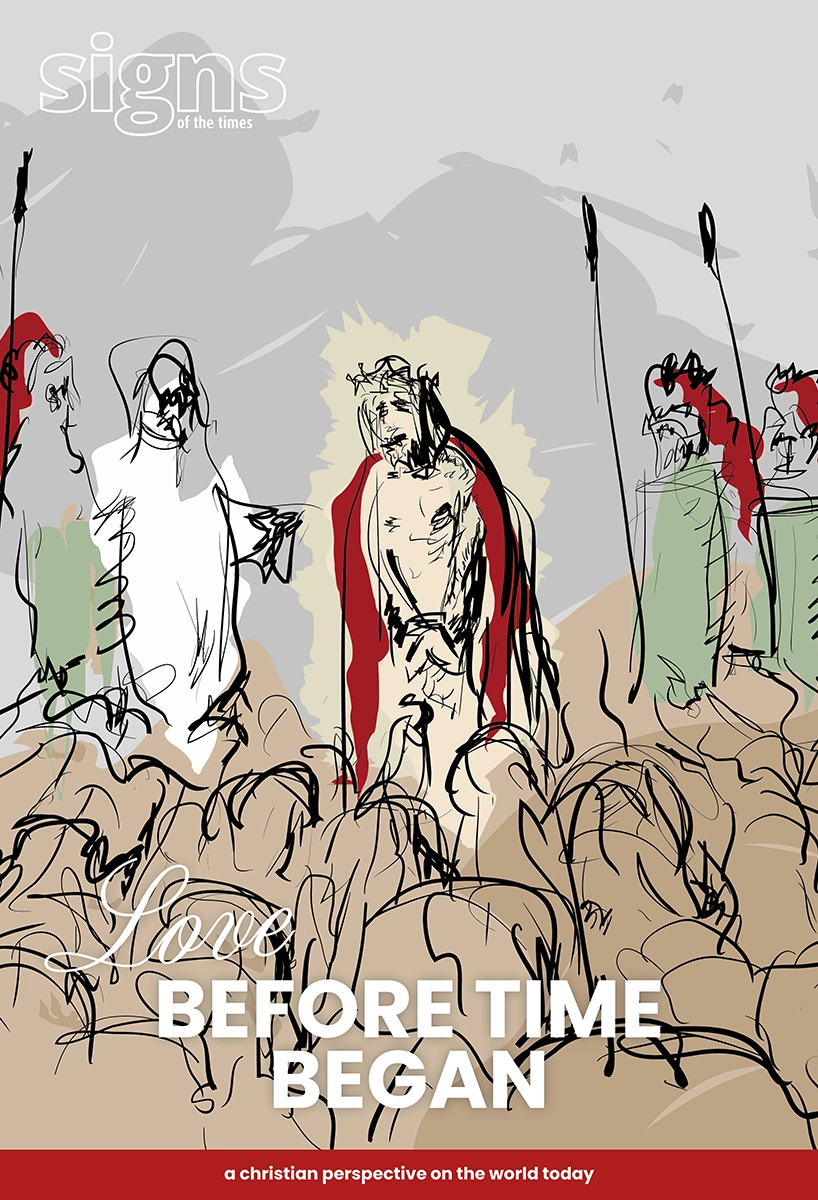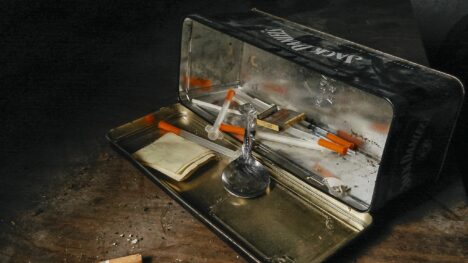Should we stop the “race that stops the nation”?
November 1, 2024
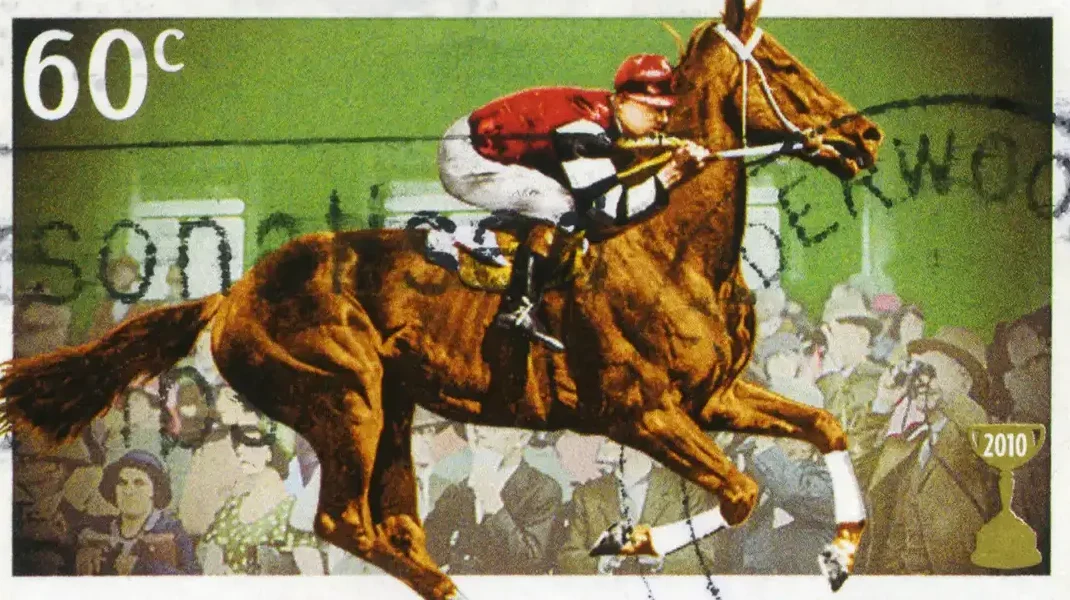
Ever since 1861, thousands of people have gathered once per year at Flemington Racecourse, Melbourne, for the “race that stops the nation”. Participants don their Sunday best for the “Fashions on the Field” competition, with ladies sporting fascinators and expensive dresses and men adorned in fine tailored suits. Like the ancient Roman Circus Maximus, it is a day that blends patriotism and sport together to create an almost religious experience.
Edward Gibbon said in The History of the Decline and Fall of the Roman Empire that despite the influence of Christianity, even in the fifth century AD, the Romans “still considered the Circus as their home, their temple, and the seat of the republic”. In secular Australia, such a claim could just as easily be made. Like the Roman circus, sporting institutions like the Melbourne Cup serve as a galvanising moment for Aussies (and Kiwis alike).Many an office closes for the afternoon, friendly wagers are made and for a few hours, the entire nation pauses to attend the church of horse whips, leather and gambling. And like the Circus Maximus, the Melbourne Cup often ends with violence.
The Cup’s 2024 winner can expect to earn $A4.4 million, with second place getting $1.1 million. In 2020, Aussies collectively bet $221.6 million, which is only one-third of the $667.3 million spent across the Cup’s four-day run. The following year, $724.1 million was spent. Though gambling companies earn a large chunk of that money, there’s a government incentive to keep the Cup going. Victoria alone earned $468.3 million in 2023—the most it’s ever earned from the Cup and the most the Victorian government earned from a single event all year long. All this isn’t even to mention the big picture of gambling in Australia and the on-average $6 billion the federal government earns from gambling tax each year.
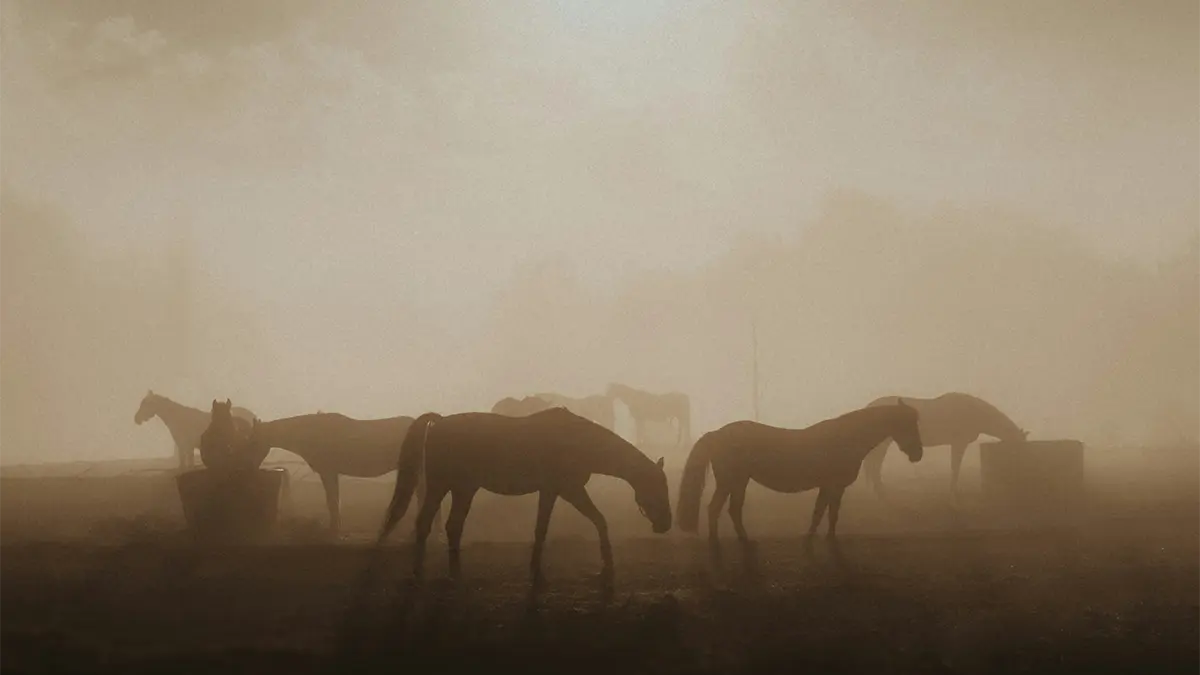
suits and slaughterhouses
There are two sides to the Melbourne Cup: the side that is televised to the nation, and the behind-the-scenes side that until recently, was an open secret.
On the one hand, the Cup is undoubtedly an impressive show. From fine dining, musical events and more, it’s a chance for the average (paying) attendee to pretend to be glamorous for a day. It’s also a popular calendar date for the rich and famous. The Cup has hosted many such people throughout the years, including Princess Diana (1985), Paris Hilton (2003), Eva Longoria (2005) and even Snoop Dogg (2008). For all the money that the Cup makes, it’s easy to see the appeal.
On the other hand, the Cup has started to become emblematic for the kind of excesses many now find unpalatable. With the rising cost of living and the wealth inequality gap widening, people (especially younger people) are less excited to celebrate what was once seen as aspirational make-believe. As Dr Katie Greenaway, a psychology lecturer at the University of Melbourne, says, “In recent years, though, the meaning of the race has changed in people’s minds. It’s become controversial, associated with things people don’t want to be associated with, like animal cruelty, gambling problems and wealth disparity.” We could also add to the list: problem drinking, drug use as well as general excess and depravity.
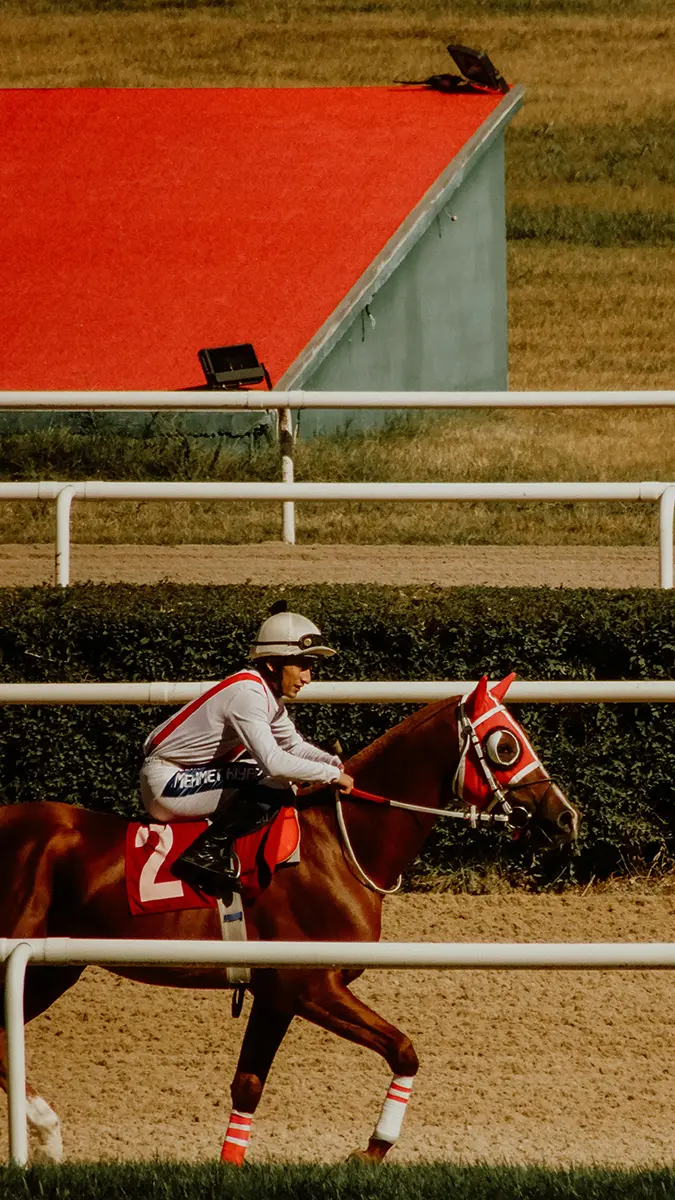
the great wealth transfer
It shouldn’t be lost on us that the millions of dollars in revenue the Cup generates each year doesn’t come out of thin air—the vast majority comes from punters’ pockets. Each year, Australians lose around $25 billion on gambling. That’s not even mentioning the social losses it incurs, such as the financial impact, cost to relationships, mental health and productivity. In Victoria alone, those extra costs (as of 2017) were estimated to be around $7 billion. The researchers for the study are quick to remind us that it’s not just the gambler who suffers but also their friends, colleagues, family and wider community.
meat for the grinder
One of the uncomfortable questions in horse racing, as in any sport involving animals, is what happens to the animal once it is no longer fit to compete (It should be noted that “fit to compete” doesn’t necessarily mean the horse has suffered an injury or a health condition. Most thoroughbreds have a “racing life” of two to three years but can live to 30 years or beyond). Until 2019, Racing Australia claimed the vast majority of its unfit horses were literally “put out to pasture”, with less than one per cent ending up at an abattoir—equating to around 34 horses per year. Horses slaughtered this way end up as either dog food or exported overseas.
This all changed when the ABC conducted an investigation that found the number of horses ending up in a slaughterhouse far exceeded what was originally claimed. The Coalition for the Protection of Racehorses told the ABC that at a single abattoir, more than 34 horses were killed in a single week, and at least 4000 in a year—again, at just one abattoir. Despite numerous laws passed at both state and federal level designed to ensure industry accountability and protect the animals, it was revealed in the investigation that thousands of perfectly healthy horses ended up inhumanely slaughtered—simply because it was cheaper than rehoming. It was found that in many of the slaughterhouses, the horses were treated with incredible cruelty.
I’ll spare you the grisly details, but I can’t help but be reminded of the analogy I made at the beginning of the Roman Circus Maximus. At the circus, the athletes and animals alike were likewise fodder for gruesome violence—but out in the open, for all to see. It feels even more sickening to consider how glamorous horse racing is in public, yet how cruel it is behind closed doors. Some called for a Royal Commission when the investigation was released but according to the RSPCA, there have been steps to reform the industry, particularly in Queensland and Victoria—though much more needs to be done.
flush with cash
Of course, as has been mentioned multiple times already, the only reason the Cup is as popular as it is, is because of the revenue it generates and the primary way it generates said revenue is through gambling. Sponsors have been a major part of that equation but following the ABC investigation, many brands are quietly distancing themselves from the Cup—such as department store giant Myer, who has sponsored the event for 40 years. The retailer isn’t alone, with Country Road, AAMI and Network 10 all either discontinuing their partnerships with the Melbourne Cup or scaling back their involvement.

From a grassroots level, the Nup to the Cup movement has gained traction in recent years, supported by the Greens and other independent parliamentarians. Nup to the Cup promotes holding a party in lieu of a traditional Melbourne Cup Day and many are taking them up on the offer. On their website, they say,
“We’re asking people who really care about animals (not just horses) to use this day to remember and respect the important role that all animals play in our world.”
Sadly, like many Australian traditions, the Melbourne Cup is stained with an ugly undercoat. I’ll admit, those words are difficult to write. I’m proud of my heritage. I honestly believe Australians have much to offer the world. As elegant and glamorous as the Cup appears, its reality is predictably grim. If you Google “Melbourne Cup aftermath”, you’ll be greeted with thousands of images of people trudging through garbage, high or hungover, committing random acts of stupidity or just passed out, face-down in the grass. Is this really the best we as a country can offer?
As Nup to the Cup argues, the Melbourne Cup brings out the worst in us. The catastrophic problems of gambling addiction, alcohol-and-drug-fuelled violence, as well as the grotesque treatment of animals is a damning picture. Perhaps it really is time to say “Nup” to the Cup.


